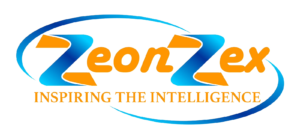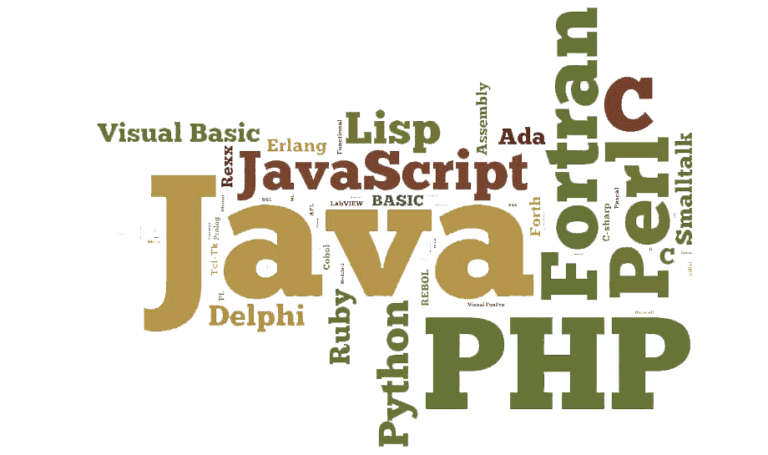
The World of Programming Languages
The World of Programming Languages: In the vast realm of technology, programming languages offer the basis for creating software, websites, mobile applications, and other kinds of applications. These languages are the tools that developers use to communicate with computers and instruct them to perform specific tasks. Over time, there has been an astounding diversity of programming languages, each with unique features and uses. In this blog, we’ll go deep into the realm of programming languages, discussing their choices, backgrounds, and applications in the modern computing environment.
A fascinating journey through the evolution of programming languages shows how human-computer interaction has evolved. Here are some noteworthy turning points:
Machine Language
In the early days of computing, programmers had to deal with machine language, which was binary code. Programmers had to use long, error-prone sequences of 0s and 1s to define commands, which was quite tedious.
Assembly Language
The creation of assembly languages provided a human-readable alternative to machine code. By using mnemonics and symbols to represent machine-level instructions, they made programming seem a little more understandable.
FORTRAN (1957)
Fortran, short for “Formula Translation,” was one of the early programming languages. Designed for calculations in science and engineering, it was a crucial component of the early computing period.
COBOL (1959)
The goal of Common Business-Oriented Language, or COBOL, is business data processing. It is still in use today, particularly in legacy systems.
Lisp (1958)
Lisp is essential to the study of artificial intelligence because it was the first high-level language to focus on symbol processing.
C (1972)
Many languages that came after Dennis Ritchie’s C language at Bell Laboratories. It is well known for being both efficient and portable.
C++ (1983)
Game development, system programming, and other domains mainly depend on C++, a C variant that made object-oriented programming well known.
Python (1991)
Python’s simplicity and readability make it a fantastic choice for web development, data exploration, and automation.
Java (1995)
Java’s “write once, run anywhere” tenet has made it the de facto language for web and mobile development.
JavaScript (1995)
Although JavaScript and Java have the same name, its primary use is in front-end web development, or the creation of interactive webpages.
Ruby (1995)
Ruby gained popularity because to its complex syntax and the development of the Ruby on Rails web framework.
C# (2000)
Video games built with Unity and Windows apps use Microsoft’s C# programming language.

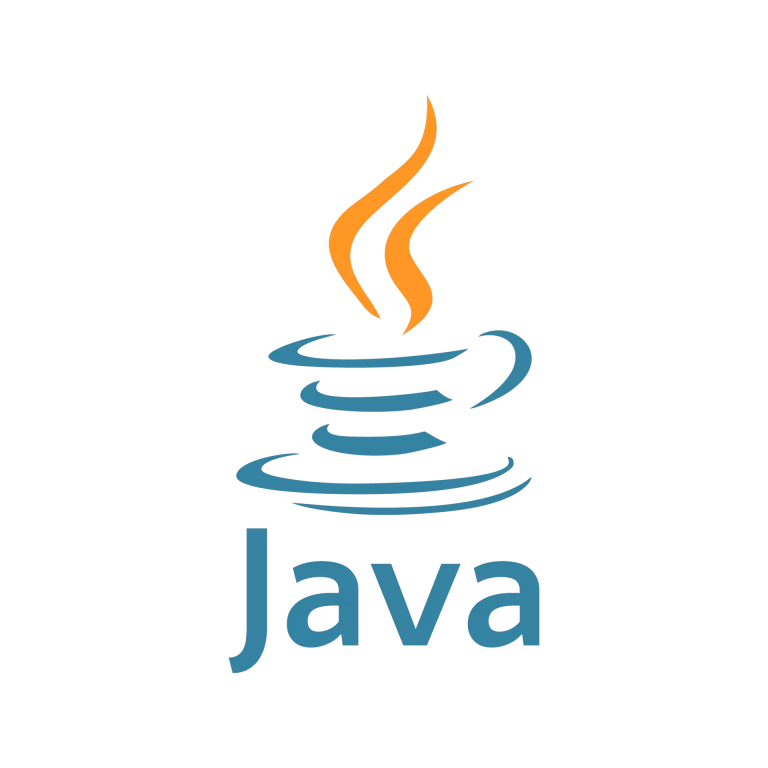
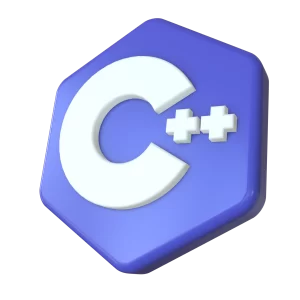
Developers can choose from a wide variety of programming languages these days. Two main elements that affect language choice are language preferences and project requirements. Notable modern languages are the following ones:
Python
Because of its extensive library support and ease of reading, Python is a popular choice for web development, data research, and artificial intelligence.
JavaScript
JavaScript is necessary for web development since it enhances user engagement and experience on webpages.
Java
Large-scale systems, business apps, and Android app development all heavily utilize Java.
C++
C++ is ideal for system programming, game creation, and embedded systems.
C#
C# is required for both Windows and Unity game development.
Ruby
Web developers value Ruby’s user-friendly grammar and simplicity.
Swift
Swift is the recommended programming language for iOS and macOS applications.
Kotlin
For Android app development, Kotlin is a more modern language than Java in terms of efficiency and concision.
Go (Golang)
Because of its efficiency, Go is a popular programming language for developing concurrent, scalable systems and microservices.
Rust
Memory safety and system-level programming are two of Rust’s best features.
Selecting the right programming language for a project is crucial. When you’re choosing, consider the following:
Project Type
Is it system software, a game, a mobile app, or an online app?
Community and Ecosystem
Strong communities can offer resources, libraries, and support.
Learning Curve
Consider the workforce’s competency and the language’s ease of learning.
Performance
Depending on the requirements of your project, you might need a performance-optimized language.
Scalability
Make sure the language can grow with your project.

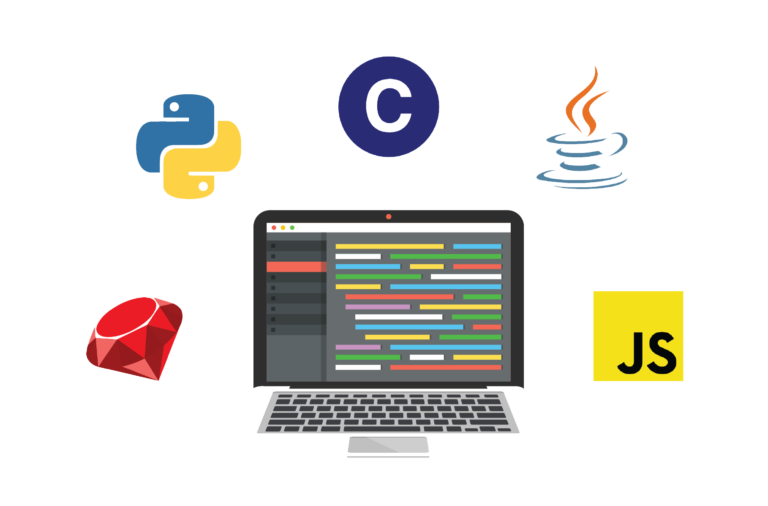
Options for programming languages are numerous and ever-changing, meeting the requirements of both projects and developers. As technology advances, new languages will continue to emerge, offering original solutions to the issues facing the digital age. Regardless of expertise level, choosing the right language is essential to creating the next big piece of software, application, or website. If you have the right language in your toolkit, you can achieve your dream of becoming a programmer.
